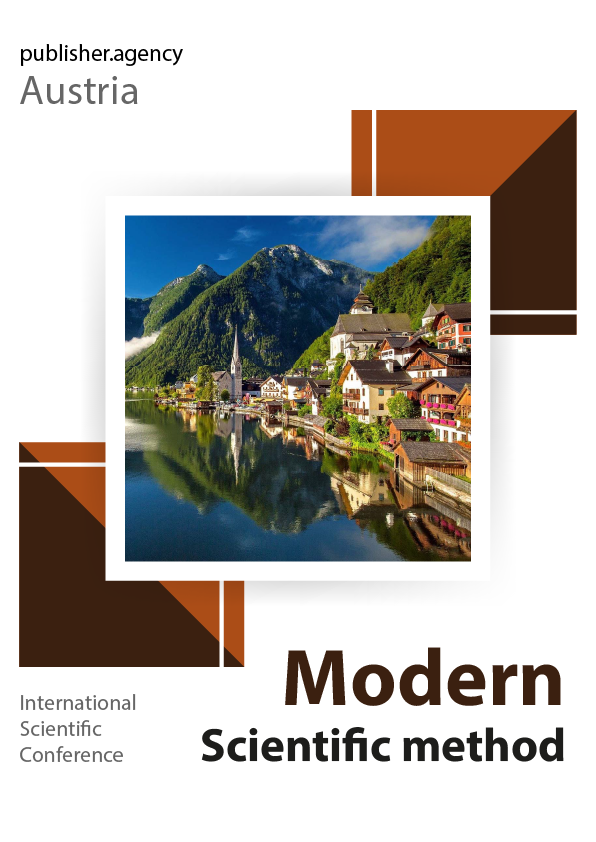AUTOMATIC PREVENTION OF TRANSIENT STABILITY VIOLATION BASED ON THE RESULTS OF THE STABILITY MARGIN MONITORING SYSTEM CALCULATIONS
Keywords:
steady-state stability, transient stability, stability margin monitoring system, emergency automation, inertia constant, inverter-based resourcesAbstract
In modern conditions of development of the electric power industry, the problem of ensuring the transient stability of energy systems is becoming particularly relevant. Traditional methods of emergency automation based on fixed threshold values of parameters are not effective enough with a significant reduction in system inertia due to the integration of renewable energy sources (RES) and the decommissioning of synchronous generators. The study considers the need to move from static control algorithms to adaptive methods using real-time monitoring data. The basis of the proposed approach is the stability reserve monitoring system (SMMS), which provides the calculation of critical voltage angles between nodes of the power system based on WAMS and SCADA data. This allows you to dynamically adjust the emergency response parameters, taking into account the current state of the power system and its inertia. The practical significance of the work is confirmed by the example of modeling transients in the Mangystau power system of Kazakhstan. The results show that when the moment of inertia decreases, the system loses synchronism, however, the use of an adaptive algorithm with a metered load shutdown (for example, 300 MW) makes it possible to restore stability and prevent asynchronous operation. At the same time, smaller volumes of shutdowns are insufficient, which underlines the importance of fine-tuning control actions. The proposed method reduces the likelihood of excessive load disconnection and ensures higher reliability and efficiency of the power system. Despite the risks associated with telemetry system failures, the choice of shutdown volume or the reversal of power flows, adaptive control forms the modern basis for preventing cascading accidents and increasing the stability of energy systems with a high proportion of renewable energy sources.
Published
How to Cite
Issue
Section
License

This work is licensed under a Creative Commons Attribution-ShareAlike 4.0 International License.

